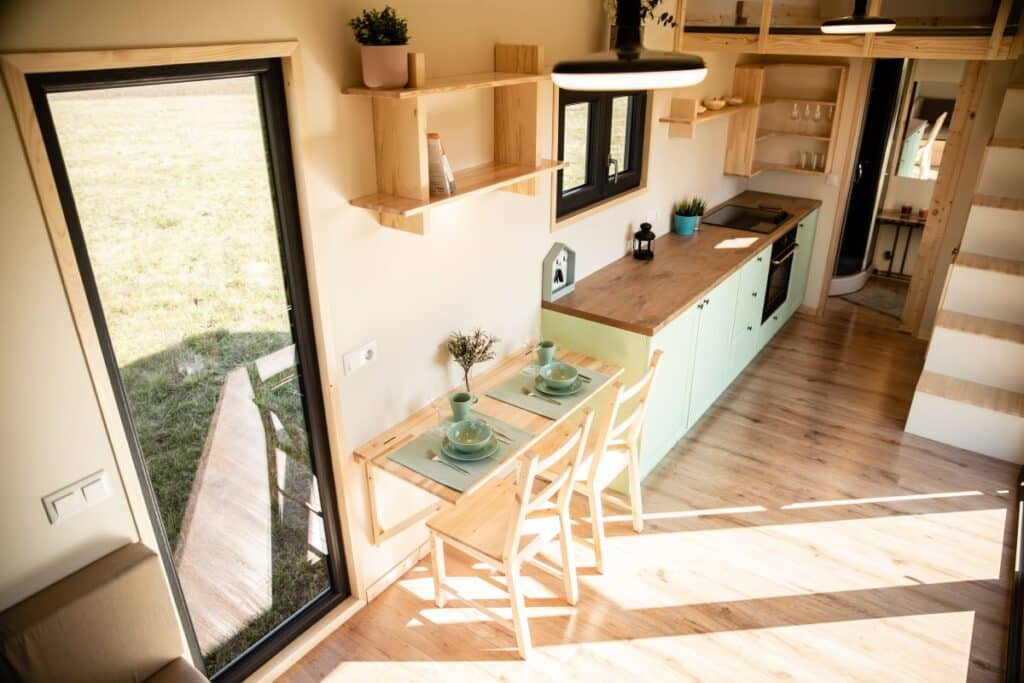Living in a tiny home has become more trendy in recent years. Many people want to live more simply and reduce the size of their living areas. While the idea of living in a tiny home may seem appealing, you may be wondering: is living in a tiny house legal? After all, how can something so small be a legal place to call home?
Living in a tiny home is considered legal in certain places if it complies with specific rules. Whether it is legal to reside in a tiny home depends on several things, such as construction rules, zoning laws, permits, land use, and property ownership.
To avoid legal problems and ensure you follow the law, read on to learn some legal requirements related to living in a tiny home.
Quick Navigation
- Importance of Knowing the Legalities of Living in a Tiny Home
- Legal Considerations For Living in a Tiny House
-
Building Codes and Zoning Laws
- Differences between national and local building codes
- Zoning regulations and restrictions
- Minimum square footage requirements
- Maximum height and width limits
- Permits and Certifications
- Building permits and inspections
- Electrical and plumbing certifications
- RV or mobile home certification
- Safety and health inspections
- Land Use and Property Ownership
- Utility Hookups and Off-grid Living
- Insurance Requirements
-
Building Codes and Zoning Laws
- Conclusion
Importance of Knowing the Legalities of Living in a Tiny Home
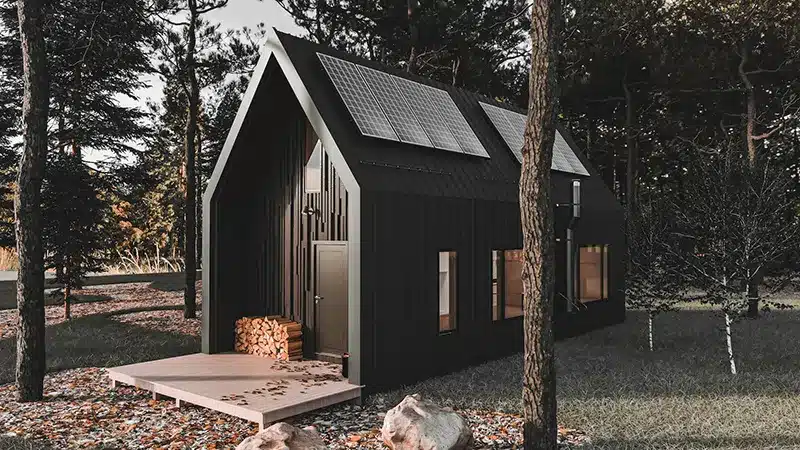
For several reasons, knowing the legalities of living in a tiny home is vital.
Firstly, building codes and zoning laws vary by location and can impact where and how a tiny house can be built and lived.
Failure to comply with these regulations can result in fines, legal action, or even the removal of the tiny house.
Secondly, land use and property ownership regulations can impact the ability to lease or own tiny house land. They may also include restrictions on where a tiny house can be located.
Thirdly, insurance requirements are crucial to protect property and individuals from liability and other risks. Inadequate insurance coverage can result in financial losses and potential legal action.
Finally, knowing the legalities of living in a tiny home can provide peace of mind and help individuals make informed decisions about their living situation.
By being aware of the legal requirements and obtaining necessary permits and certifications, individuals can enjoy the benefits of tiny house living without the risk of legal issues or other complications.
Legal Considerations For Living in a Tiny House
The tiny house movement may seem like a straightforward lifestyle choice, but it is essential to understand the legal considerations involved.
There are several factors that individuals must consider before embarking on the tiny house lifestyle.
Building Codes and Zoning Laws
While tiny houses have grown in popularity recently, they might create particular difficulties in adhering to zoning and construction code requirements, especially in the worst states for tiny homes.
Several locations provide a selection of RV parks and tiny living hotels that are intended to give people a means to establish a tiny house community.
Local building rules may have tighter criteria or restrictions that apply to tiny houses, whereas national building laws may not directly address the construction of tiny homes.
Some regulations are also problematic, since some places may not allow tiny houses. In contrast, others would demand that they be constructed on a certain kind of property or in a specified region.
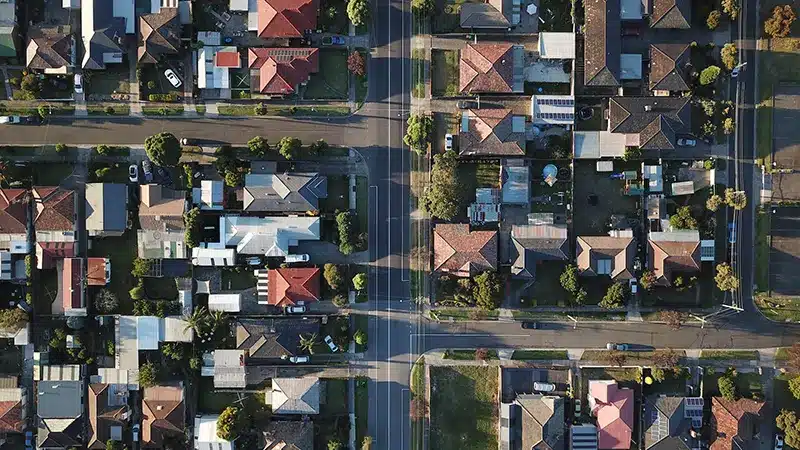
Also, specific regulations could stipulate that a home’s square feet must meet a minimum, making it challenging to construct a small house in some locations.
Notwithstanding these obstacles, several jurisdictions have established exemptions or unique zoning categories for tiny houses, which may provide for lowered minimum square footage standards and other allowances.
It is crucial to do an in-depth study on local building rules and zoning restrictions beforehand to guarantee compliance and prevent any complications during the construction and placement of a tiny home.
Differences between national and local building codes
National building codes may have different guidelines for tiny houses, while local building codes may have stricter requirements or regulations that govern tiny houses.
For example, some local codes may require tiny houses built on a permanent foundation, while national codes may not address this issue.
It is important to research local codes to ensure compliance with any regulations that may apply to tiny houses.
Zoning regulations and restrictions
Zoning regulations may be a significant barrier to constructing a tiny home. Tiny houses may not be allowed in certain places, while others may demand erecting them on a particular property or in a specified region.
Also, specific regulations could specify that a home’s square footage must meet a minimum, making tiny houses challenging to construct in some locations.
Minimum square footage requirements
As mentioned, some zoning laws may specify minimum square footage requirements for residential properties, which could make building a tiny house challenging in certain areas.
However, some jurisdictions have created exemptions or particular zoning classifications for tiny houses, which may allow for minimum square feet requirements.
Maximum height and width limits
Zoning laws may also limit the height and width of buildings, which could impact the design and construction of a tiny house.
For example, some areas may limit the height of a building to 20 feet or less, which could limit the use of a loft or other elevated sleeping area.
Similarly, some areas may restrict the width of a structure, limiting the overall square footage of a tiny house.
Permits and Certifications
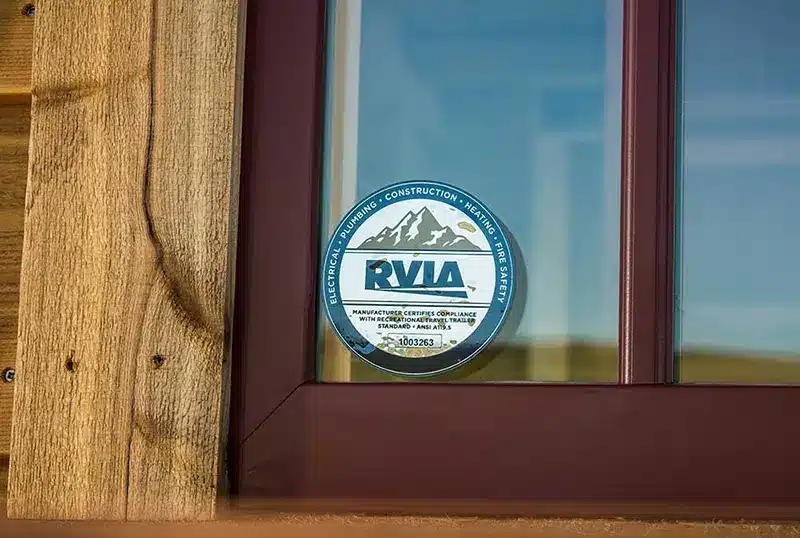
Permits and certifications are crucial to building and living in a tiny house. They ensure the tiny house is safe, legal, and compliant with local and national regulations.
Failure to obtain the necessary permits and certifications can result in high fines and legal consequences, including removing the tiny house.
Building permits and inspections are essential to ensure the tiny house meets structural, electrical, plumbing, and other requirements.
These permits and inspections verify that the tiny house is safe and compliant with building codes and safety regulations.
Electrical and plumbing certifications may also be required to ensure compliance with safety regulations and prevent potential hazards.
Researching and obtaining the necessary certifications is crucial to ensure the tiny houses and its occupants’ safety.
In addition to building permits and certifications, safety and health inspections may be required to ensure compliance with safety regulations and prevent potential hazards.
Inspections can also identify any necessary repairs or upgrades to the tiny house to ensure it meets safety standards.
Building permits and inspections
Every home development, including the construction of tiny houses, usually calls for acquiring a building permit.
These licenses, granted by regional building departments, guarantee that the development complies with zoning regulations and safety standards.
At specific points throughout the building process, inspections could also be necessary to ensure that the work is being done according to authorized plans and that safety requirements are being met.
Electrical and plumbing certifications
In addition to building permits, electrical and plumbing certifications may also be required for a tiny house.
These certifications ensure that the electrical and plumbing systems of tiny house meet safety and health standards and that they are installed correctly.
Hiring licensed professionals to install these systems and obtain the necessary certifications is vital to avoid safety or health issues.
RV or mobile home certification
A tiny house on wheels, specifically in RV parks, is classified as a recreational vehicle (RV) or mobile home.
RV or mobile home certification, typically meeting particular safety and construction standards, may be required.
This certification is essential for legal and safety reasons, mainly if the tiny house travels on public roads.
Safety and health inspections
Finally, safety and health inspections may be required to ensure that the tiny house meets health and safety standards for occupancy. These inspections may cover ventilation, fire safety, and sanitation issues.

It is crucial to ensure that the tiny house meets all safety and health requirements to avoid potential health hazards for those living in the tiny house.
Land Use and Property Ownership
When deciding whether to live in a tiny home, there are many aspects of land usage and property ownership to consider. Choosing whether to buy or rent the land to build a tiny home is crucial.
As the tiny house movement spreads across the United States, more and more states, cities, and municipalities are not only changing their laws to accommodate tiny houses but also seeing them as an innovative solution to difficult issues like homelessness and the housing crisis.
Some cities have created additional tiny house zones, and these zones often see the emergence of thriving tiny home communities.
Local zoning rules and limitations, including minimum square footage requirements, height and width limits, and other restrictions, may impact the ability to park or build a tiny home on the land.
Depending on tiny house laws and regulations, there could be limitations on constructing and residing in specific locations in addition to zoning rules and restrictions.
These rules may include constraints on the size or kind of homes built in a particular region or the use of the property for residential purposes.
Anybody contemplating living in a tiny home must know the legal structure governing land use and property ownership since it may affect the cost and availability of land and viability in specific locations.
Leasing or owning land for a tiny house
One option for owning a tiny house is to purchase or lease land to place the house. However, not all areas may permit tiny houses or have zoning classifications that allow for them.
Although, there are many specific areas in the US that are welcoming to the tiny house movement.
Researching local zoning laws and a few regulations to ensure compliance and avoid legal issues is essential.
Restrictions on building and living in certain areas
Some areas may restrict building or living in certain areas, which could impact the placement or construction of a tiny house.
For example, certain areas may have building height restrictions that could limit the use of a loft or other elevated sleeping area in a tiny house.
Additionally, some areas may have restrictions on composting toilets or other alternative sanitation systems standards in tiny houses.
Homeowners association rules and regulations
Suppose the tiny house will be located in a neighborhood with a homeowners association (HOA).
In that case, it is crucial to learn and comprehend any rules or guidelines that might affect where the tiny home will be built or how it will be built.
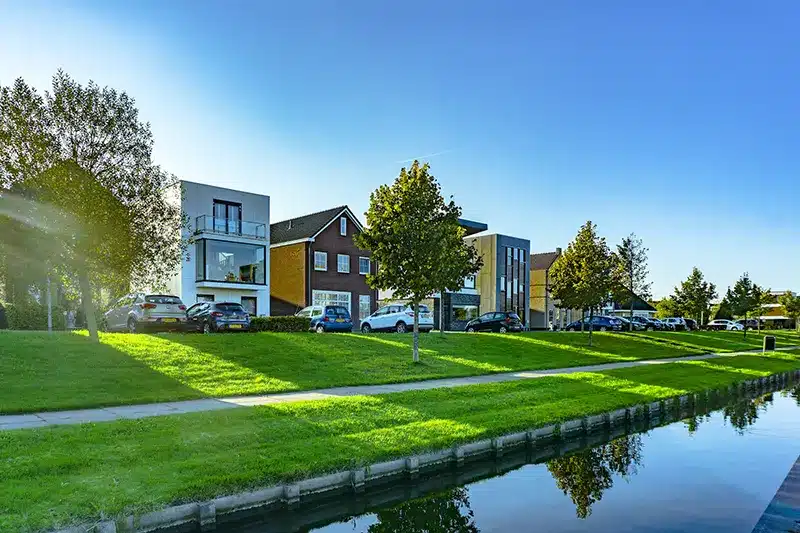
The kind of home that may be constructed or put on the land and using outdoor areas and other amenities may be subject to HOA rules or rules of the tiny house communities.
Utility Hookups and Off-grid Living
Utility hookups are the connections required to provide a tiny home with water, sewage, and electricity from conventional municipal sources.
For the majority of tiny houses that are stationed permanently in most cities or suburbs, these connections are necessary.
Tiny living, however, could be a better choice for those who desire a more sustainable lifestyle or reside in distant locations.
Living off-grid entails producing electricity, gathering, purifying water, and disposing of garbage locally.
You can generate power with solar panels, wind turbines, and generators, collect water with rainwater harvesting systems and remove trash using composting toilets. Owners of tiny houses may live more sustainably and independently.
It’s crucial to remember that not all places allow for off-grid life or tiny house friendly.
Some areas have zoning and construction rules that demand connections to conventional utilities, while others have rules that restrict the use of greywater systems and composting toilets.
It’s crucial to do your homework, comprehend local laws, and make sure your tiny house complies with them before deciding to live off the grid.
Availability of utility hookups
Depending on the location of the tiny house, it may be possible to connect to traditional utility systems.
However, this may require additional costs and approvals from local authorities.
Some areas may also restrict the type of utility hookups permitted for tiny house builders, such as requirements for septic systems or water wells.
Alternative options for off-grid living
Several alternative solutions exist for producing power and getting water for those who wish to live off-grid.
For instance, water may be obtained using rainwater collecting devices, while energy can be produced using solar and wind power.
In addition, there are other sanitation options, such as greywater systems and composting toilets.
Regulations on composting toilets and greywater systems
It is important to note that composting toilets and greywater systems may not be legal or permitted in all areas.
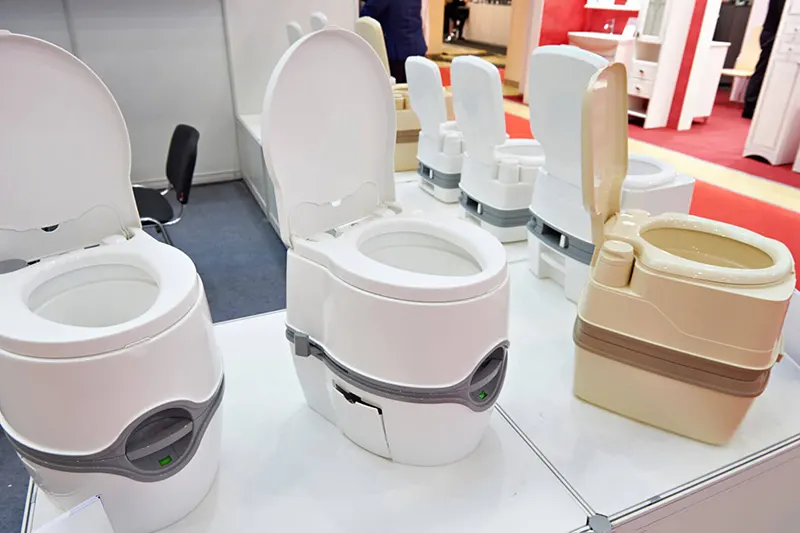
Local regulations and zoning laws may restrict the use of these systems, particularly in urban or densely populated areas.
Researching local regulations and obtaining necessary permits and certifications is essential to avoid legal issues.
It is important to research local regulations and consider all available options to determine the best approach for the individual needs of the tiny house owner.
Insurance Requirements
Insurance is an essential aspect of living in a tiny house. Although tiny homes are generally more affordable than traditional homes, they still represent a significant investment.
Additionally, they may face unique risks due to their mobility or off-grid living arrangements. Therefore, it is crucial to understand the insurance requirements for a tiny house to ensure adequate coverage.
Tiny homeowners need to consider several factors regarding insurance coverage.
Firstly, they must decide whether to obtain a homeowner’s or specialty insurance policy for tiny homes.
Homeowner’s insurance policies cover the home’s structure, personal property, and liability. Specialty insurance policies for tiny homes may offer additional coverage for mobility, theft, and damage during transport.
Liability concerns are also an essential consideration for tiny house owners. Accidents or damages that occur on the property can lead to costly lawsuits, making it essential to have liability coverage.
Furthermore, additional insurance coverage may be necessary if the tiny house is used as a rental property.
Speaking with an insurance provider to understand the specific liability requirements for a tiny house is essential.
Insurance coverage for a tiny house
Insurance coverage for a tiny house can vary greatly depending on the type of dwelling and the location.
Some tiny houses may be classified as recreational vehicles (RVs or tiny houses on wheels) and eligible for RV insurance. Other tiny houses may require specialty insurance, such as modular or mobile home insurance.
Researching insurance options and obtaining adequate coverage to protect against damages, theft, and other potential losses is essential.
Liability concerns for accidents or damages
In addition to property insurance, it is essential to consider liability concerns when living in a tiny house.
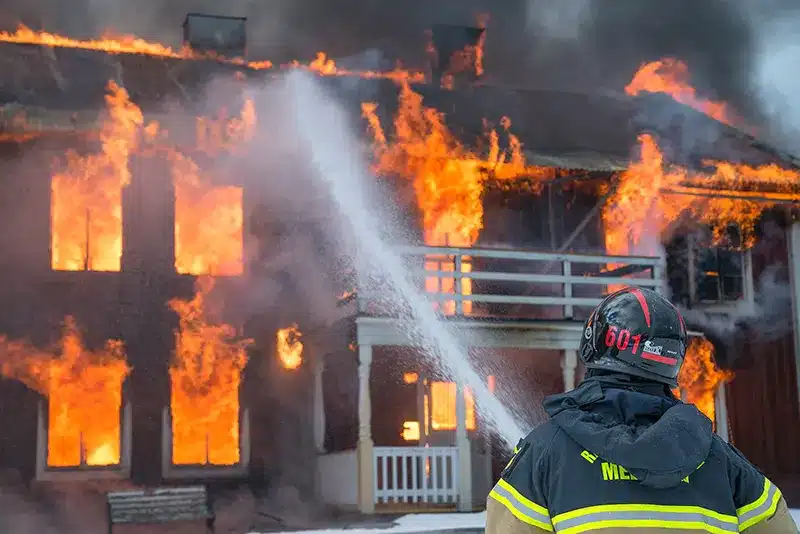
Accidents or damages on the property could result in costly lawsuits or liability claims, so it is vital to obtain liability insurance to protect against these risks.
Recommended insurance options for tiny house living
Some insurance companies offer specialty insurance options specifically designed for tiny house living.
These policies may provide coverage for property and liability concerns and additional coverage options for unique features of tiny houses, such as solar panels or composting toilets.
Researching and comparing insurance options is recommended to find the best coverage and rates for individual needs.
Understanding insurance requirements for tiny house enthusiasts is critical to tiny home living. Adequate insurance coverage can give peace of mind and protect against potential risks and losses.
You might also be interested to learn about how long does it take to sell a tiny home.
Conclusion
In conclusion, several variables, such as building and zoning laws, land use and property ownership rules, and insurance needs, affect whether living in a tiny house is lawful.
While tiny houses are becoming increasingly popular as a sustainable and cost-effective dwelling alternative, it is crucial to comprehend and abide by local laws and secure the required permissions and certifications.
Comprehending insurance requirements and securing sufficient coverage to safeguard assets, people, and third parties against risks and liabilities is critical.
Living legally and happily in a little dwelling with proper thought and preparation is possible.

